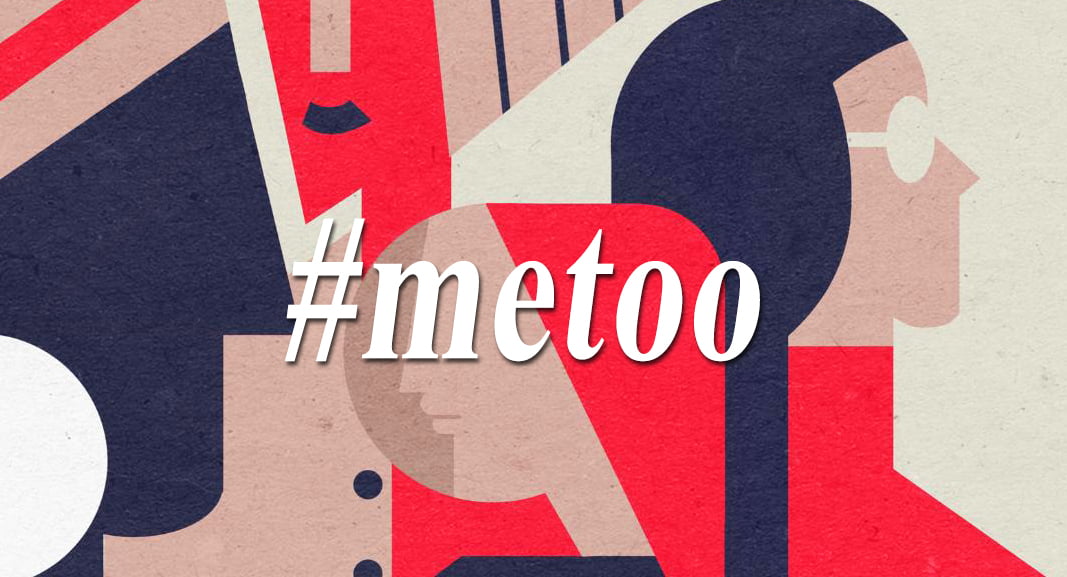The #MeToo movement – starting in October 2017 – was a watershed moment for modern society, galvanizing women across the world to unite against sexual assault and harassment and setting the tone for the women’s movement for the following years.
But in terms of hard data, has anything actually changed since the #metoo movement’s genesis?
A new US study, entitled Women at work: Changes in sexual harassment between September 2016 and September 2018 – seems to answer that question, with some caveats.
“The women’s movement that has emerged over the last two years will hold a profound place in history, particularly in relation to the sexual harassment of women. Yet, its impact has not been empirically examined, to date. Although we cannot prove causality, this study offers the first attempt to assess changes in the experience of sexual harassment for women in the workplace over the last two years.”
The study examined sexual harassment across three dimensions: gender harassment, unwanted sexual attention, and sexual coercion.
“Gender harassment involves negative treatment of women that is not necessarily sexual, but may include things like a supervisor or coworker making sexist remarks, telling inappropriate stories, or displaying sexist material,” says the report’s authors.
“Unwanted sexual attention includes coworker or supervisor behaviors such as staring, leering, ogling, or unwanted touching. Sexual coercion includes bribing or pressuring women to engage in sexual behavior. We also measured participants’ self-esteem and self-doubt, to see how these correlated with their experiences.”
The study showed that gender harassment is the most common type of sexual harassment followed by unwanted sexual attention and sexual coercion.
“Although the estimates of sexual harassment range from study to study, 87% of women in our sample reported that they had experienced at least one form of sexual harassment. This is similar to other estimates of about 80%. Relatively few women reported that they had experienced sexual coercion, the most egregious type of sexual harassment. In fact, in 2016, 25% of women reported being sexually coerced and in 2018, that number declined to 16% of women.”
“In the quantitative analyses of data collected from over 500 women, we found significantly lower levels of sexual coercion and unwanted sexual attention but higher levels of gender harassment in 2018 compared to 2016.”
So what’s behind the seemingly contradictory results? That’s not clear but the study’s authors are willing to speculate:
“From a theoretical perspective, it is possible that sexual harassment has declined in the workplace because of increased fear of being punished or having one’s reputation diminished. The fact that the most egregious form of harassment has declined appears to be good news on the surface; but gender harassment can have an equally negative impact on women because of its pervasive and continued nature and could reflect backlash against women in an effort to maintain the gender hierarchy in society.”
Whatever the reason, the study seems to suggest that the nature of sexual harassment in the workplace is changing – as are those on the receiving end of it.
“The data from the qualitative interviews suggest that women feel greater support from their peers and believe that the increased scrutiny on the topic has decreased the most egregious sexual harassment behaviors.”
“Each of these insights points to the importance of continued attention toward sexual harassment in the workplace and the importance of providing additional support for those who experience harassment.”

